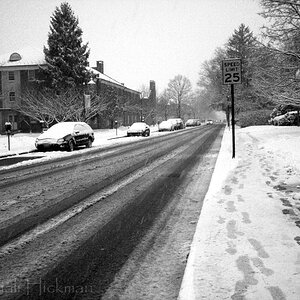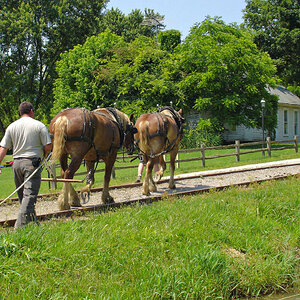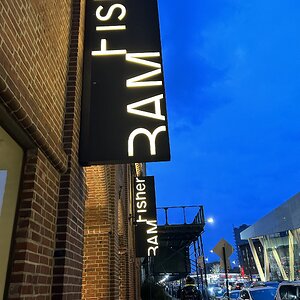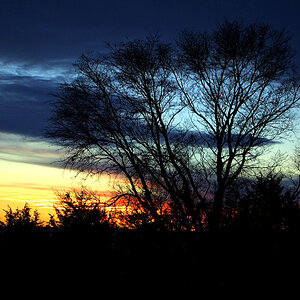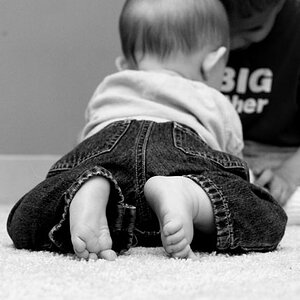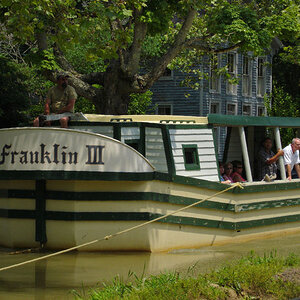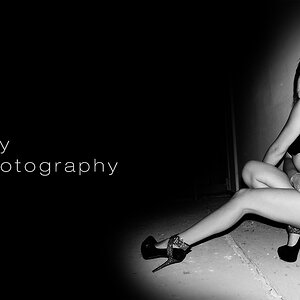- Joined
- Jun 23, 2015
- Messages
- 8,525
- Reaction score
- 6,427
- Location
- Petawawa, Ontario
- Website
- www.trevorbaldwin.space
- Can others edit my Photos
- Photos NOT OK to edit
Tried it and as I see it. It's just one more way to complicate things.
One button does both focus and shoot. More simple = more better.
One button does both focus and shoot. More simple = more better.



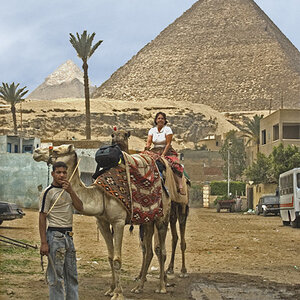
![[No title]](/data/xfmg/thumbnail/37/37524-6c51828efbc2361f9cfed53f63f28aa2.jpg?1619738130)
